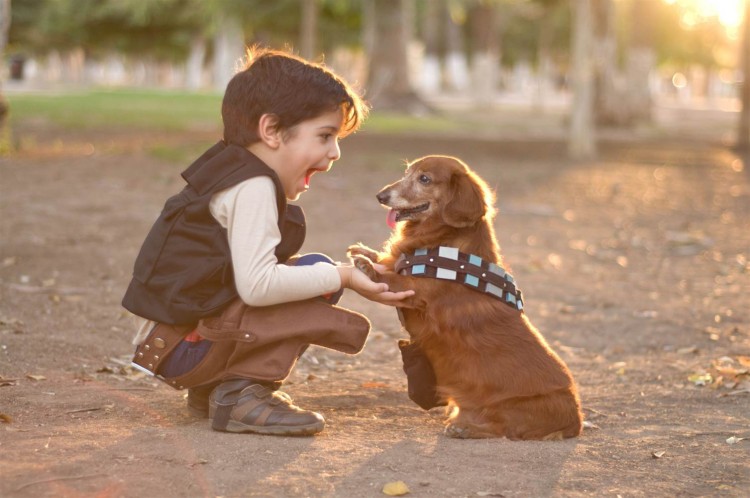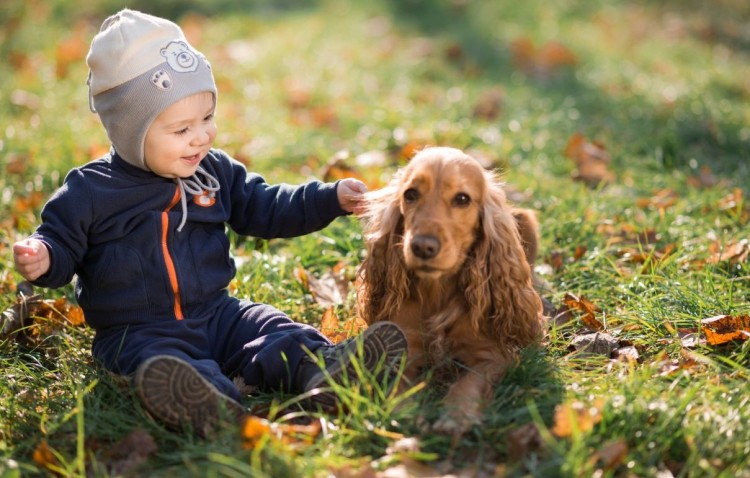Believe it or not, kids and dogs have a lot in common: they’re easily excitable, loving, charismatic and utterly dependant on you.
Most children have a full-blown freakout at the sight of a dog; running full-pelt into an embrace. It’s this excitement that causes children to move quickly and behave erratically. They may accidentally step-on or trip over a tail or paw, try to mount the pup like a horse or run into a dog’s face to frighten them. This kind of behaviour is common and can end up in a bite.
To save the poor pup from having a freakout of their very own, parents should realise that there is absolutely a right way to introduce their little darlings to dogs.
How to introduce your child to a dog
Follow these simple steps to ensure your child gives dogs the respect they deserve for a happy relationship.
If you know the dog
Teach your child how to greet a dog safely by asking the owner if their dog can be touched first. This is especially important, even if you know the dog well. If the owner allows, teach your child to hold their hand out flat, low and allow the dog to sniff the back of the hand. If the dog turns away, tell your child that the dog simply isn’t interested and that they should leave the dog alone.
If the dog wants to interact with your child, then your child should gently stroke the dog’s chest or behind the ear closest to them – never reach over the top of the dog’s head. Ask your child to do this five times and to stop for a few seconds. The dog will surely let you know if he wants more.
Teach your child to look out for stress signals. If the dog’s showing any of these signs then your child must stop touching the dog:
- Licking of the lips
- Freezing
- Looking away
- Urination
- Ears back
- Yawning
- Lifting of the paw
- Tail tucked under
- Whale eye (showing the whites of the eye)
If you don’t know the dog
If your child is approached by an unknown dog then educate your child to stand silently still with their arms crossed – staring at the floor until the dog goes away. You must be ready to intervene if you feel even slightly unsure about the situation.
Always remember:
- Children should never be left alone with a dog, even a family dog.
- Always allow your dog to have a safe, quiet space in the home away from children where they can go if they feel uncomfortable or unsettled.
- Never punish your dog for growling – it’s their way of communicating they’re uncomfortable with the situation and need to be left alone immediately.
- Children need to understand that petting a dog is a privilege, not a right.
Sharing’s caring
Don’t forget to share this with your friends and family to educate them about the right ways of kid – dog interaction.

